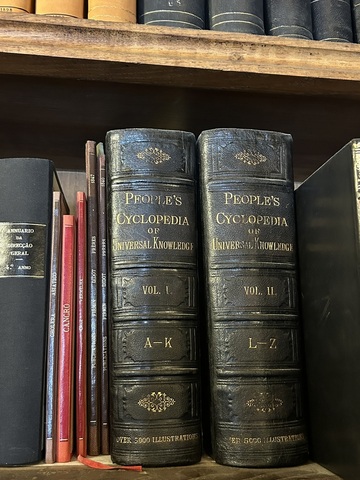
Last month I wrote about the presence of two voices in memoir writing—that of the present-day author narrator vs. that of the past narrator. As in my case, the younger protagonist becomes conflicted with emotions and thoughts while the more mature, more learned narrator has reconciled the elements that helped shape her into the person she is today.
I've covered a lot of territory in my memoir thus far, but I want to better understand how to balance the two narrative voices. I've learned that by unearthing the internal struggle between the child narrator who processed past events as they were happening and the present-day narrator who interpreted and reckoned with them decades later, the two voices can merge into one.
According to an essay posted online in 2019 by freelance editor and writing coach Sarah Chauncey (updated earlier this year), "Author POV creates the story; narrator POV tells the story. Sometimes the two are close together; at other times (more often) the two are separated by a period of years or decades….
"Even if your memoir covers an earlier part of your life, your current perspective (Author POV) informs the story you choose to tell, the scenes you select to bring that story to life, and the tone with which you tell it. However, within the story, your character—past-you—is the narrator. Your Narrator POV is limited to what you knew and experienced at the time of each scene."
Chauncey goes on to say that it's fine to insert commentary from your current understanding of past events, but one should do so only when necessary and never in the middle of a scene.
"While it's possible to write memoir from your Author POV (relative omniscience, because you know more today than you did then), the most engaging memoirs are ones in which the author sticks to their POV at the moment of events."
As I plow through this process, I find that more of those details that had been hardest to recall are coming to the fore. My goal is to poignantly portray events as I experienced them back in the day even though I may not recall them all.
"Storytelling is a misnomer," Chauncey says. "You're not telling a story to friends over beers; you're bringing the reader into your body so they can see what you saw, feel what you felt…Stick to the facts, describe events as evocatively as possible, and let the reader draw their own conclusion. If the writing is strong, the reader will feel what you felt."